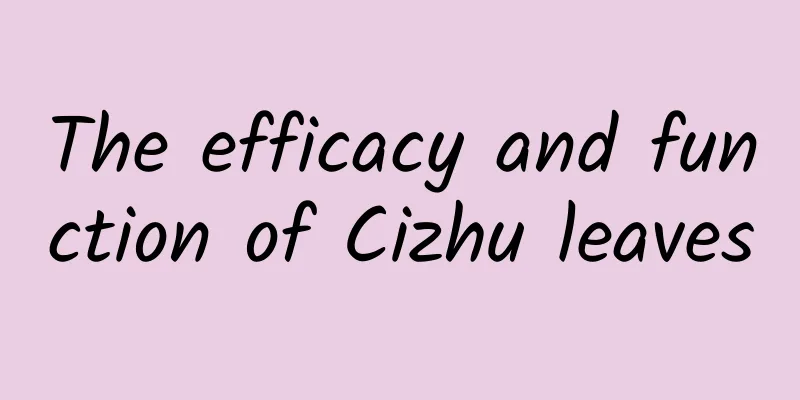The efficacy and function of hanging lanterns

|
Hanging lanterns are a kind of traditional Chinese medicine. This kind of medicine can involve many aspects in the treatment of diseases, so before choosing a hanging lantern, you must have a good understanding of it. Let us introduce it in detail below. [Source] Pittosporum kobuskianvm Gowda, a hanging lantern of the Pittosporaceae family, is used as medicine with its branches and leaves . 【Habitat distribution】 Guangxi. 【Functions and indications】 It can dispel wind and release exterior, and is used as a bath preparation in folk medicine. It is mainly used to treat colds and flu, and in a few areas it is used to treat dysentery. 【Usage and Dosage】Appropriate amount for external use. 【Excerpt】 National Compendium of Chinese Herbal Medicines 【Source】 Guangxi Traditional Chinese Medicine Records The above are some of the basic functions of hanging lanterns introduced to you, as well as how to eat them, so that you won’t use them wrongly when eating them, and you can also make better use of the value of hanging lanterns. |
<<: The efficacy and function of fishing rod firewood
>>: The efficacy and function of white cardamom
Recommend
Picture of foot bath with mugwort leaves
Mugwort leaves are a common herb in daily life. W...
Sound in the trachea when breathing
When you breathe, if there is a sound in the trac...
Sad! A 16-year-old boy died after drinking bubble tea! Learn this trick, it can save lives at critical moments
Sad! On July 24, a 16-year-old boy in Sichuan los...
Is it harmful to discharge nuclear waste water into the sea? You need to know what nuclear waste water is first
Is nuclear waste water harmful? This question its...
In the dead of night, mites begin to date and mate on your face | Nature Trumpet
In the past two weeks, we have collected the foll...
The efficacy and function of the ten great works of fine leaves
As a very common Chinese medicinal material in da...
On the road of parenting, these 4 minefields must be avoided
Now, some parents have fallen into a big minefiel...
What diseases can be cured by drinking boiled mugwort water?
Many people have not heard of the medicinal herb ...
What are the effects of Astragalus leaves
What are the effects of Astragalus leaves? Many p...
The efficacy, effects and edible methods of cockscomb
The effects and functions of cockscomb are very e...
It is not recommended to eat water chestnuts raw with the skin on, as it may cause intestinal ulcers and intellectual impairment...
Expert of this article: Liu Jingjing, PhD in Food...
My throat is itchy and I cough when I talk. Why?
There are always some signs before we get sick. I...
Houttuynia cordata for allergic rhinitis
We all know that Houttuynia cordata is a particul...
The efficacy and function of turtle shell glue
Turtle shell glue is something that many people a...
The efficacy and function of Shundihong
Shundihong is a traditional Chinese medicinal mat...









